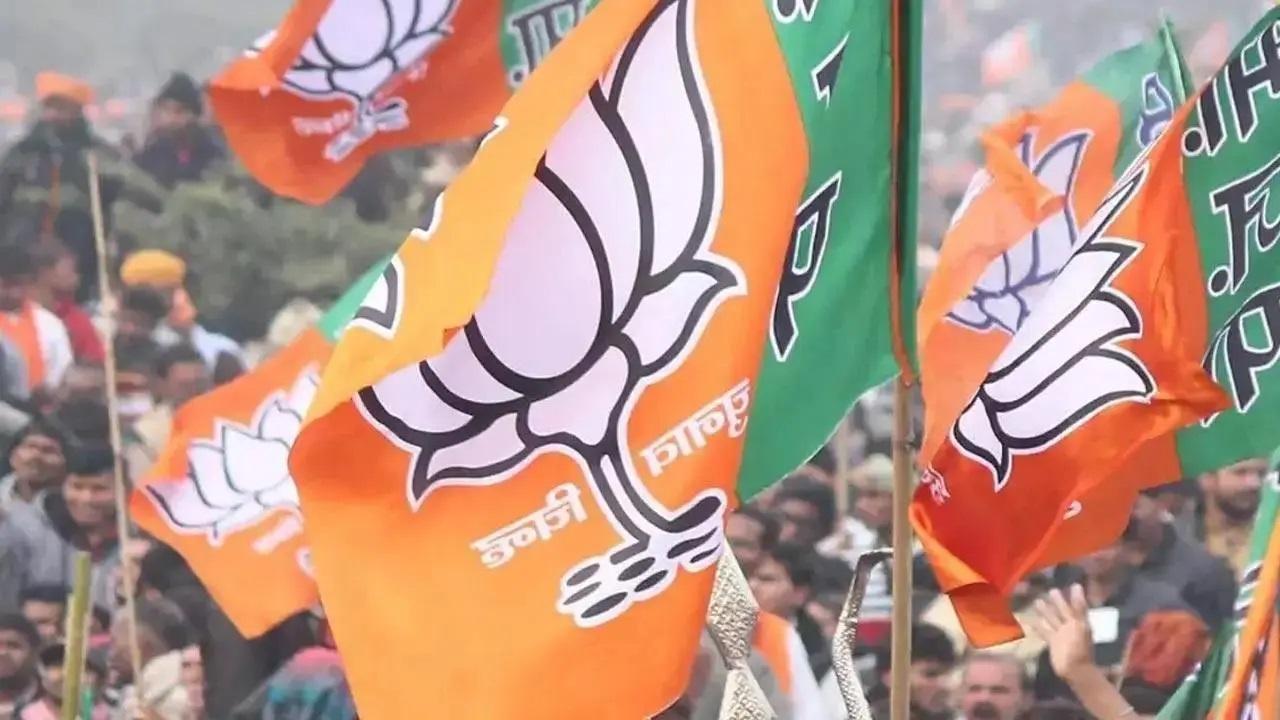BJP was able to leverage the power of mass media to spread its message and reach out to new supporters. The party's use of technology and social media, particularly during the 2014 general election, played a crucial role in mobilizing voters and creating a groundswell of support

Image used for representational purpose.
The Bharatiya Janata Party (BJP) is one of the two major political parties in India, and its rise to power from just 2 MPs in 1984 to 282 in 2014 is a significant achievement in Indian politics. There were several factors that contributed to the party's growth and eventual success.
Firstly, the BJP's growth was based on a carefully crafted ideology of Hindu nationalism, which appealed to a large section of the Indian population. The party's promotion of Hindutva, or Hindu cultural nationalism, resonated with a significant portion of India's majority Hindu population.
Secondly, the BJP was able to leverage the power of mass media to spread its message and reach out to new supporters. The party's use of technology and social media, particularly during the 2014 general election, played a crucial role in mobilizing voters and creating a groundswell of support.
Thirdly, the BJP was able to build strong grassroots networks and support structures across India. The party's organizational strength and efficient mobilization of resources at the local level helped it win over new supporters and consolidate its position in key regions.
BJP benefited from the decline of the Congress Party, which had dominated Indian politics for decades. The Congress Party's failure to respond effectively to the changing political landscape in India, as well as its perceived corruption and lack of leadership, created an opening for the BJP to emerge as a viable alternative.
Overall, the BJP's rise to power in India was the result of a combination of factors, including its carefully crafted ideology, effective use of media and technology, strong grassroots networks, and the decline of the Congress Party.
The Bharatiya Janata Party's (BJP) performance in the Lok Sabha elections from 1984 to 2014 is as follows:
- In the 1984 Lok Sabha elections, the BJP won only 2 seats out of 545, with a vote share of just 7.74%. In the 1989 Lok Sabha elections, the BJP's performance improved significantly as it won 86 seats, with a vote share of 11.36%. This was largely due to the party's role in the Ram Janmabhoomi movement, which mobilized Hindu voters.
- In the 1991 Lok Sabha elections, the BJP's performance further improved as it won 120 seats, with a vote share of 20.11%. This was largely due to the party's successful campaign against corruption and the weak economic performance of the Congress government.
Also read: BJP’s foundation day: A look at the history and achievements of the party
- In the 1996 Lok Sabha elections, the BJP emerged as the single largest party with 161 seats, with a vote share of 20.29%. However, it was unable to form a stable government due to a lack of allies.
- In the 1998 Lok Sabha elections, the BJP won 182 seats, with a vote share of 25.59%. It formed a stable government with the support of its allies and Atal Bihari Vajpayee became the Prime Minister of India.
- In the 1999 Lok Sabha elections, the BJP won 182 seats again, with a vote share of 23.75%. It formed another stable government with the support of its allies.
- In the 2004 Lok Sabha elections, the BJP's performance declined significantly as it won only 138 seats, with a vote share of 22.16%. This was largely due to a strong anti-incumbency wave against the Vajpayee government and the party's perceived failure to deliver on its promises.
- In the 2009 Lok Sabha elections, the BJP's performance improved slightly as it won 116 seats, with a vote share of 18.80%. However, it was unable to form a government and the Congress returned to power.
- In the 2014 Lok Sabha elections, the BJP won a landslide victory, winning 282 seats, with a vote share of 31.34%. This was largely due to the party's effective use of technology and social media, its carefully crafted ideology of Hindu nationalism, and the decline of the Congress Party.
The BJP's performance in the Lok Sabha elections has been mixed, with significant ups and downs over the years. However, its growth from just 2 seats in 1984 to a landslide victory in 2014 is a remarkable achievement that Indian politics witnessed.
 Subscribe today by clicking the link and stay updated with the latest news!" Click here!
Subscribe today by clicking the link and stay updated with the latest news!" Click here!










